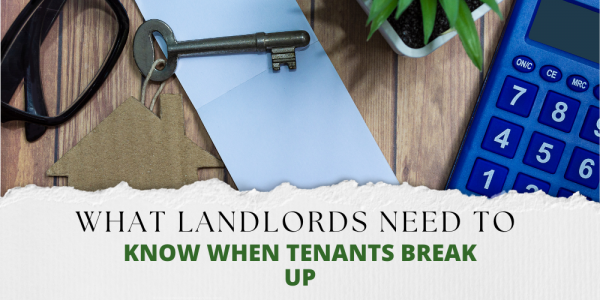Bed bugs have become a hot topic, making headlines as they infiltrate public transport, hospitals, and even our homes. The mere thought of these tiny pests can make your skin crawl. But instead of succumbing to panic, let's delve into practical and measured steps for dealing with them, along with understanding who bears the responsibility for eradication.
Why Are Bed Bugs a Problem?
Bed bugs are classified as "nuisance pests." While they don't transmit diseases, they are a nuisance to live with and eliminate. Measuring just 5-7 millimetres, they can stealthily invade homes unnoticed. The real challenge lies in their resilience; they can survive without a meal for up to six months, often remaining hidden until a full-blown infestation occurs.
Detecting a Bed Bug Infestation
These minuscule creatures typically live in fabric, such as furniture and bedding, but they can also lurk behind pictures, under loose wallpaper, or even on public transport seats. Due to their small size and nocturnal activity, spotting bed bugs themselves can be challenging. However, it's easier to identify their presence through certain signs. The NHS lists these common indicators of a bed bug infestation:
Small, itchy bites on exposed skin (e.g. face, neck, arms)
Blood spots on bedding (resulting from squashing the bugs)
Small brown spots or stains on bedding or furniture.
Who is Responsible for Dealing with Bed Bugs?
When tenants face a bed bug infestation, their initial instinct will be to call their landlord. However, it may not be their responsibility to deal with them.
A landlord's primary obligation is to provide a habitable living space. If a property already has bed bugs when a tenant moves in, it is the landlord's duty to address the issue and eliminate the pests. Therefore, landlords are responsible for eradicating bed bugs before their tenants move in.
If the landlord bears responsibility, they should undertake the necessary steps to eradicate the bed bugs, which will usually mean arranging a visit from pest control. If the issue persists, tenants can seek guidance from the local council.
Tenant Responsibility
If a tenant or one of their guests has introduced bed bugs themselves, it becomes their responsibility to cover the cost of pest control and removal.
In all scenarios, tenants should promptly inform their landlord to determine how to address the problem and maintain open communication.
Preventing Infestations
Landlords and letting agents should encourage their tenants to:
Wash bedding and clothes at a high temperature (at least 60 degrees Celsius) and tumble dry on a hot setting for 30 minutes
Freeze affected clothes and bedding for a few hours before washing
Regularly clean and vacuum, promptly emptying the vacuum to prevent bed bugs from escaping
Keep the area around the bed clutter-free
Inspect all secondhand furniture before bringing it into the home
Avoid bringing clothes or luggage inside if they have been in places with bed bug infestations.
Sending reminders to tenants during peaks in bed bug complaints in Kent to follow those tips can help your tenants prevent a costly infestation. More frequent reminders are wise for tenants who live in blocks of flats, as bed bugs can spread there much more easily.
Tackling bed bugs requires a cooperative effort between landlords, tenants, and letting agents. Open communication, clear responsibilities, and proactive prevention are key in ensuring properties remain a bed bug-free environment.
If you are considering letting your property in Kent and would like to know more about how we can help you manage your rental property, please give us a call on 01634 393 700 or send an email to theteam@docksidekent.com.



 By
By 


Share this with
Email
Facebook
Messenger
Twitter
Pinterest
LinkedIn
Copy this link